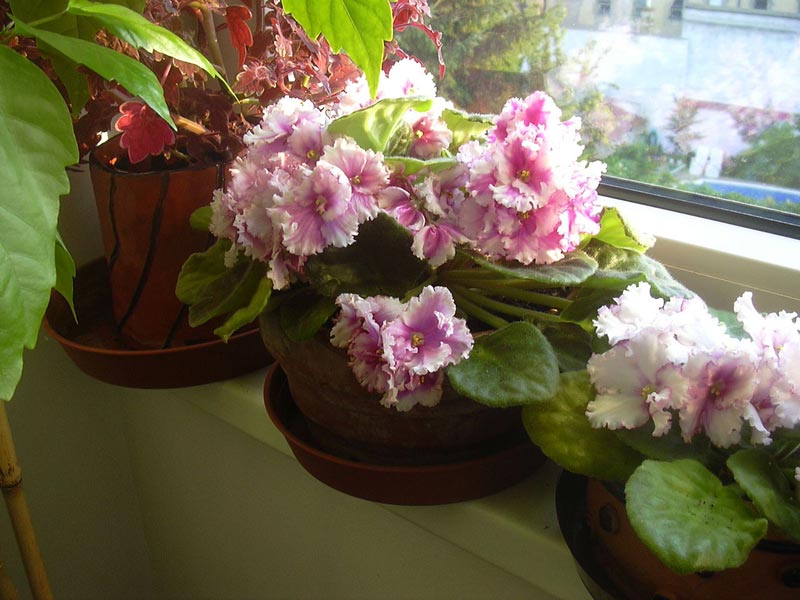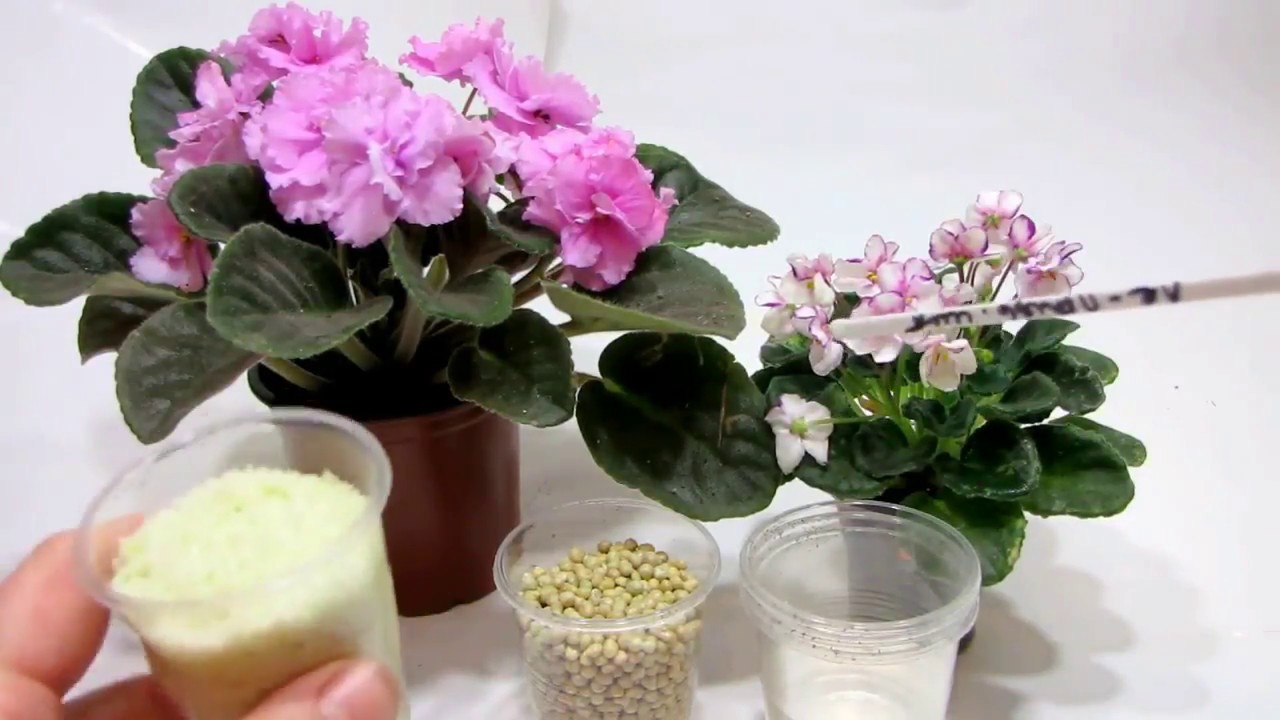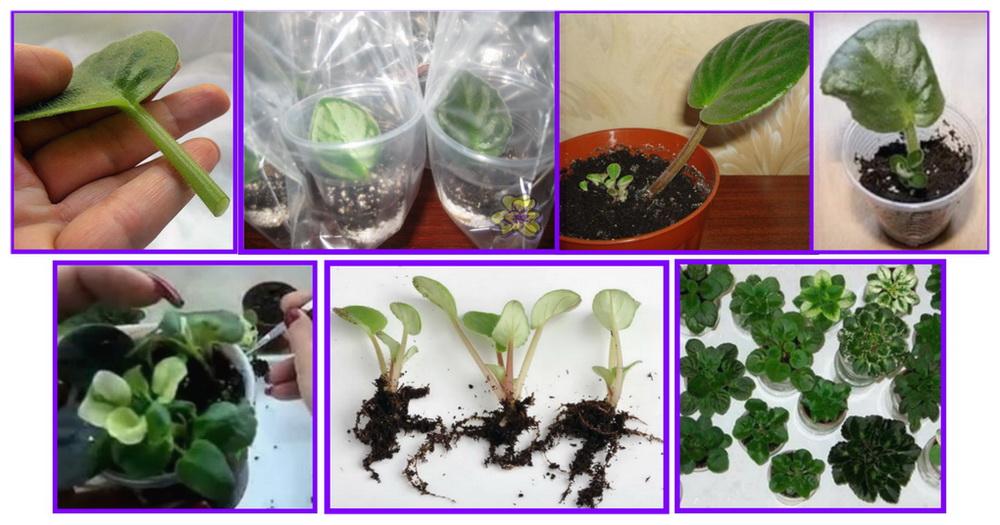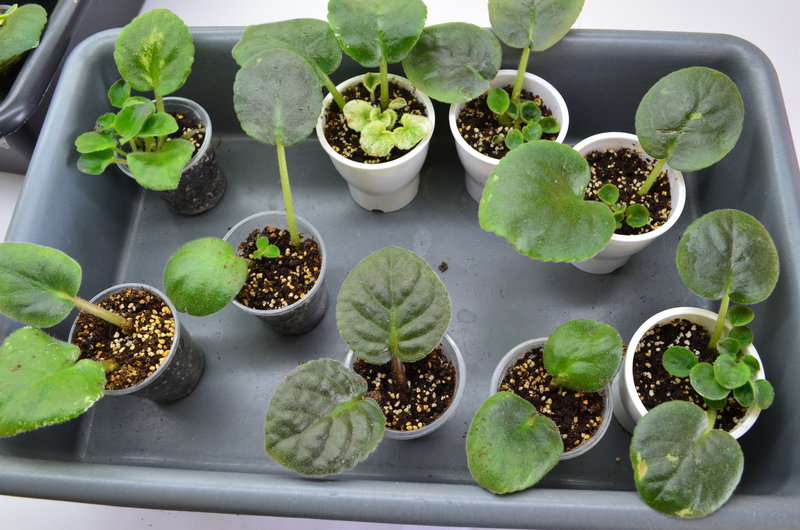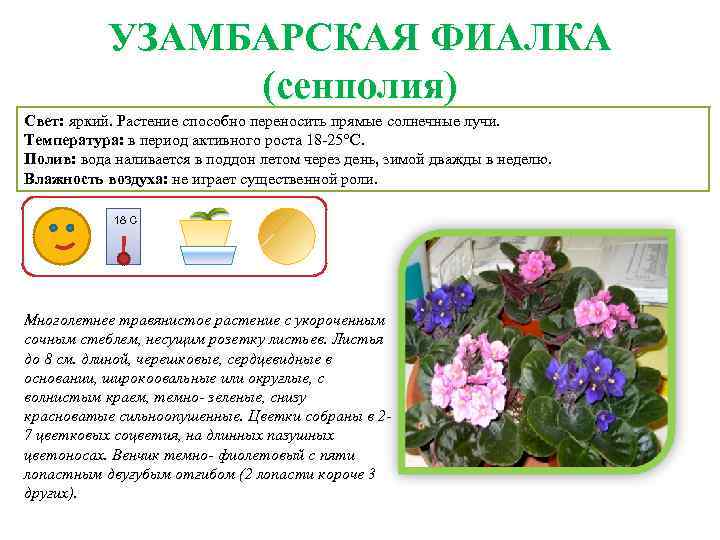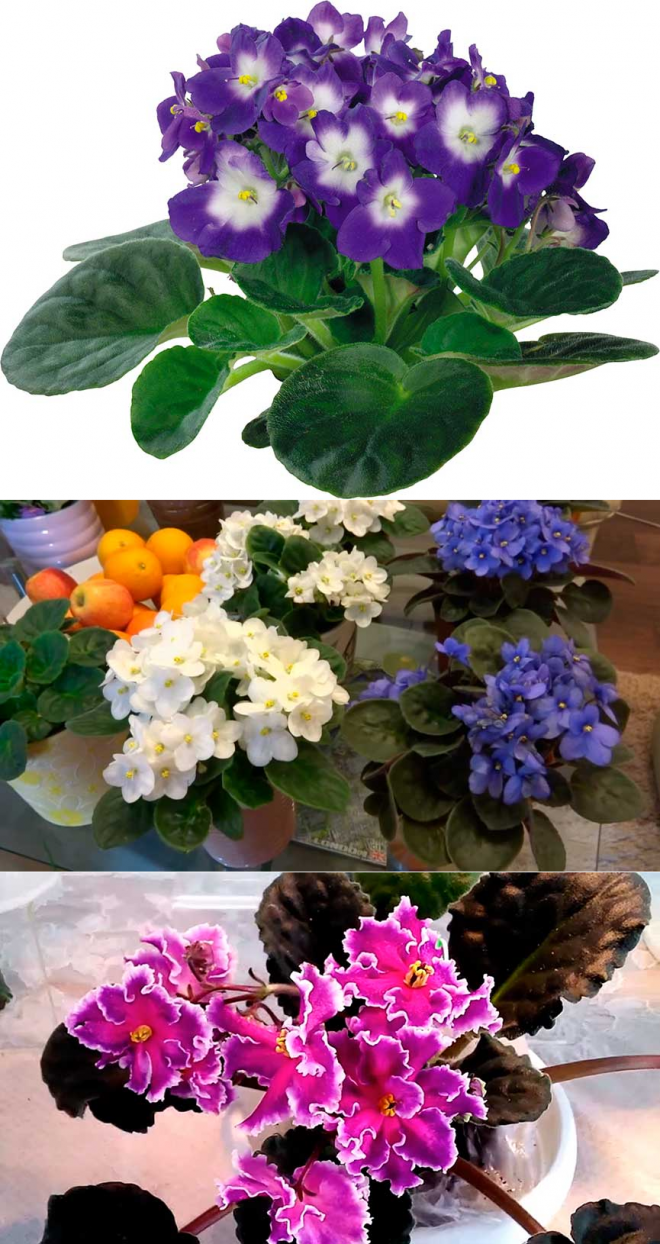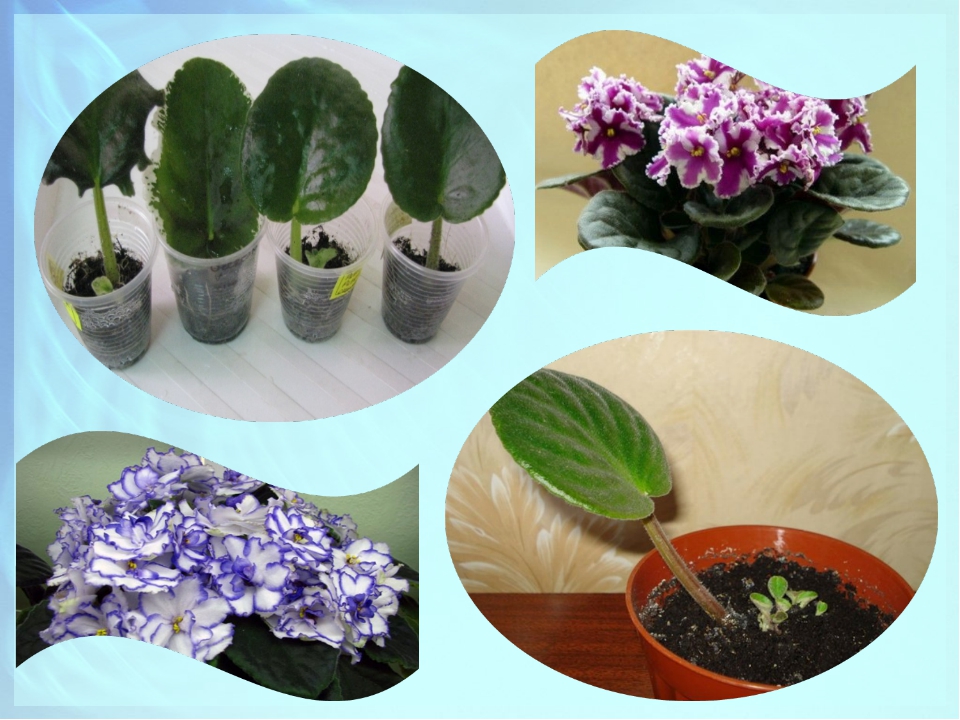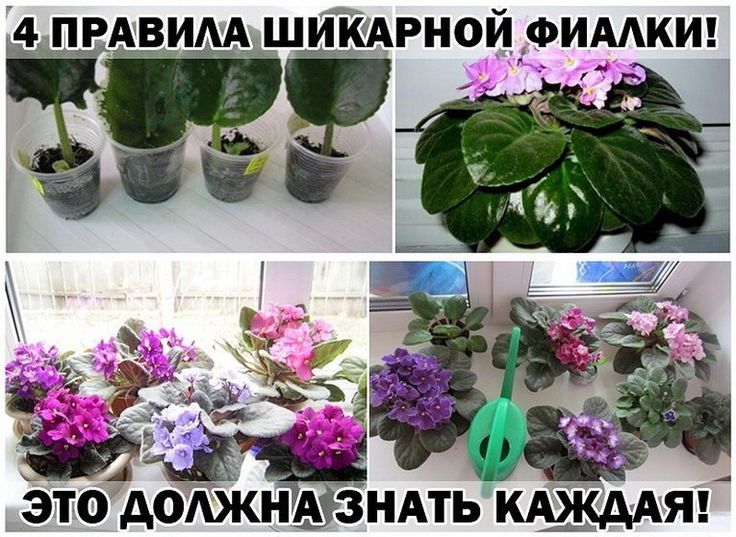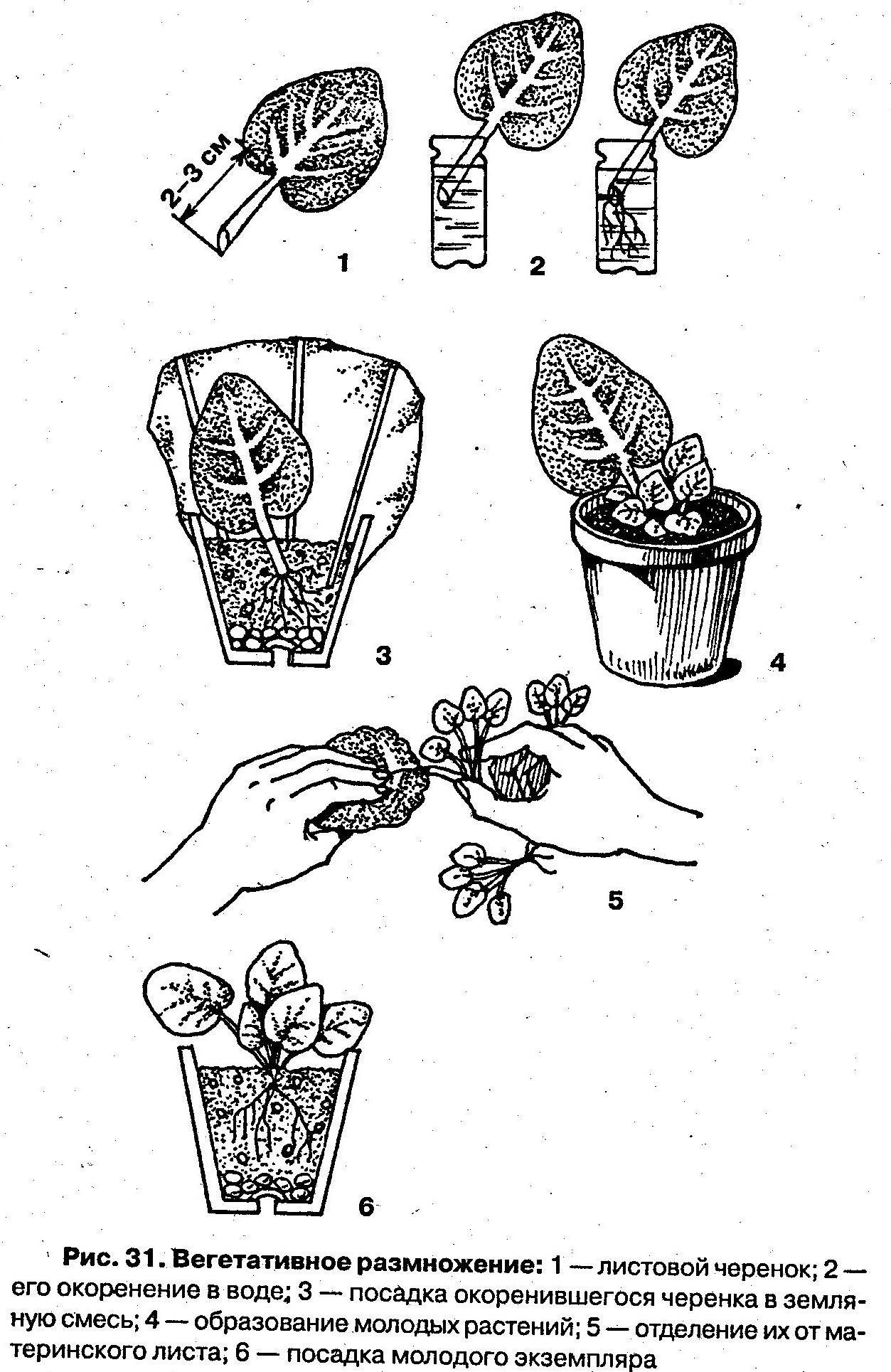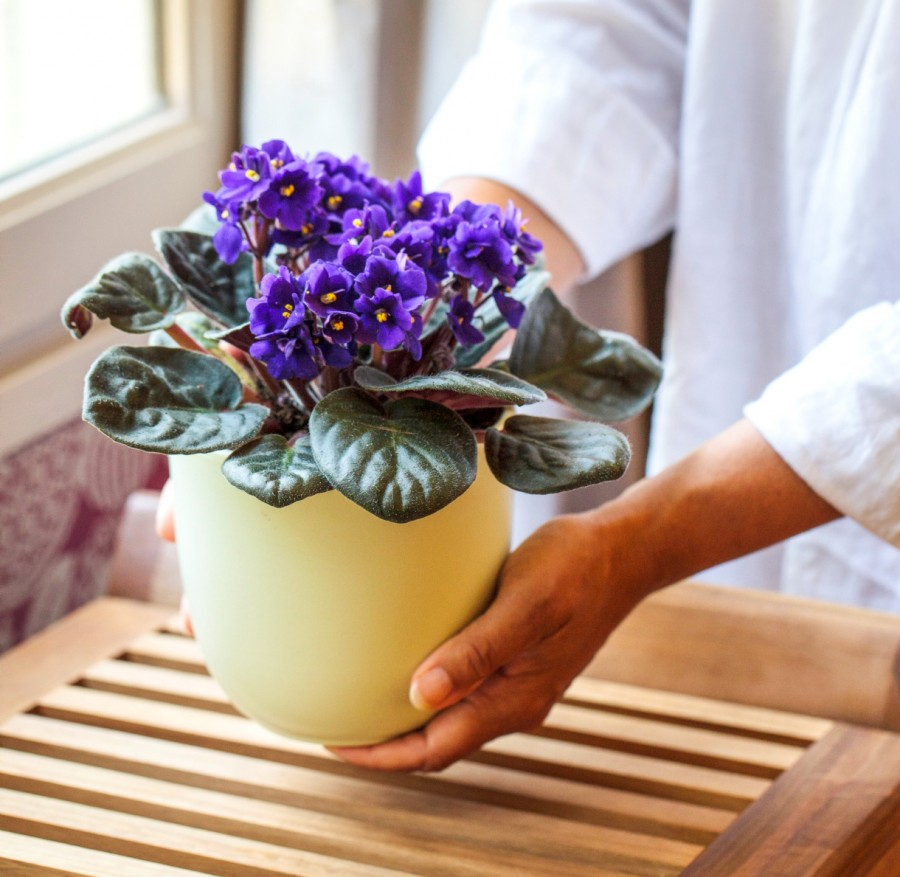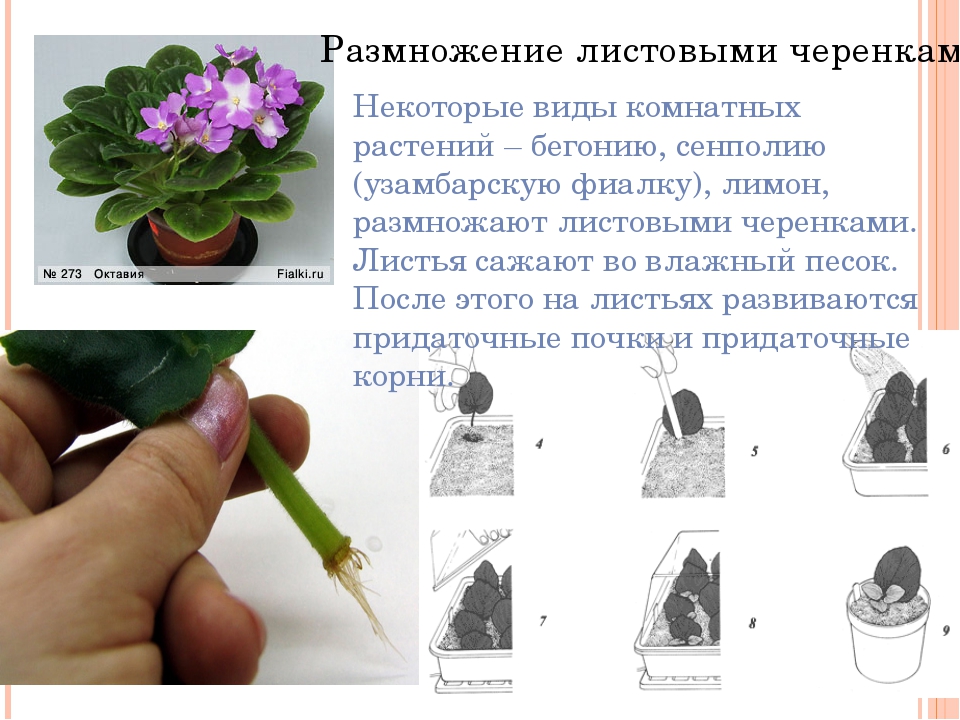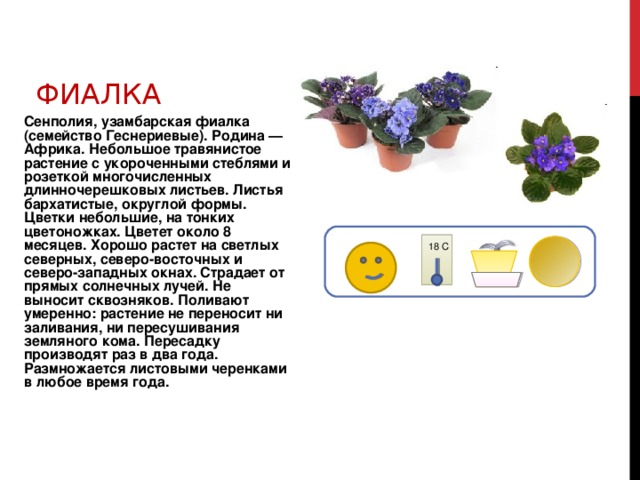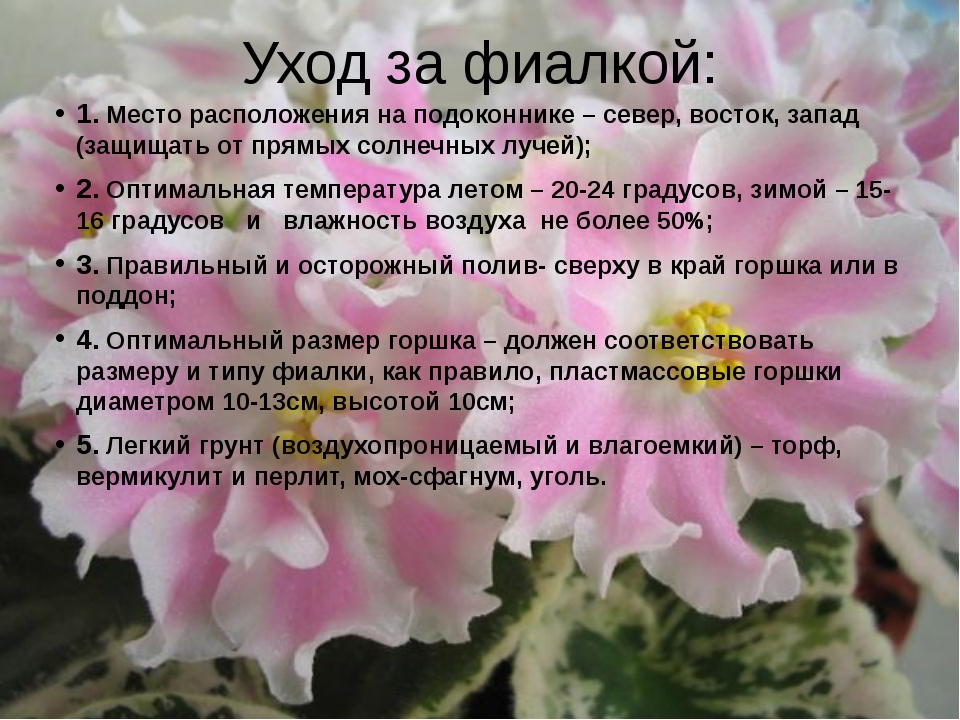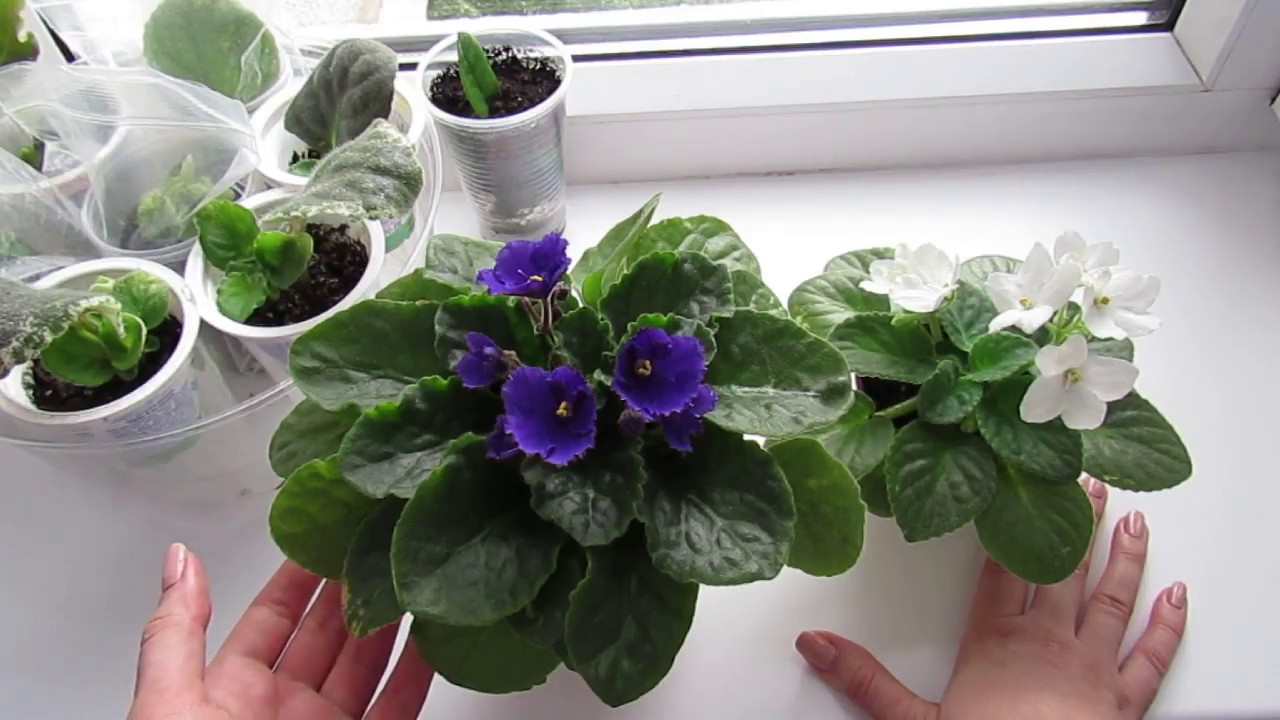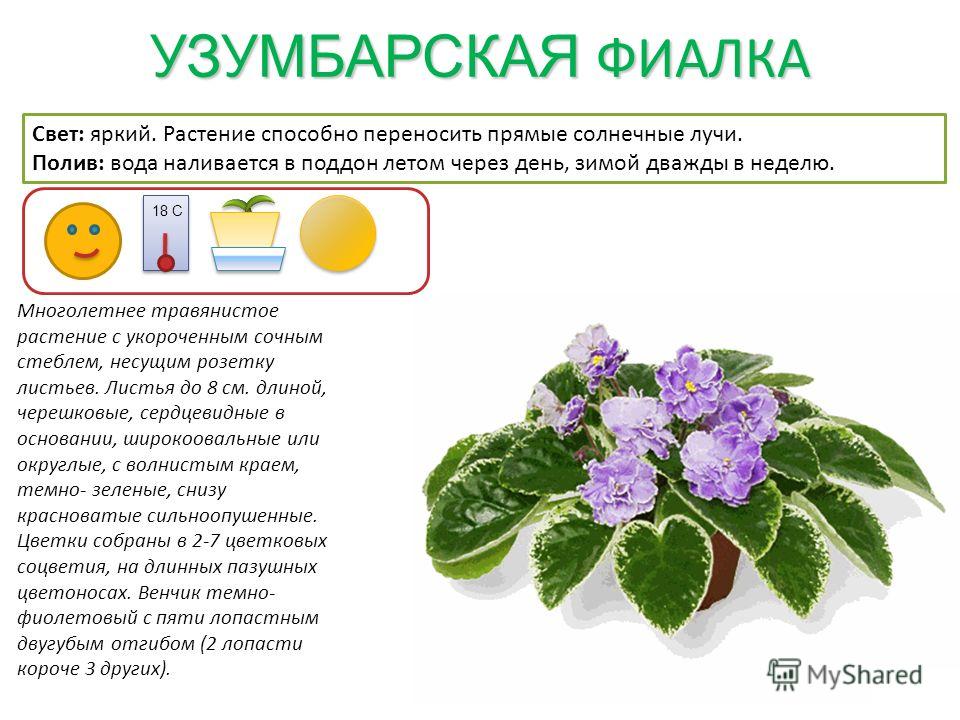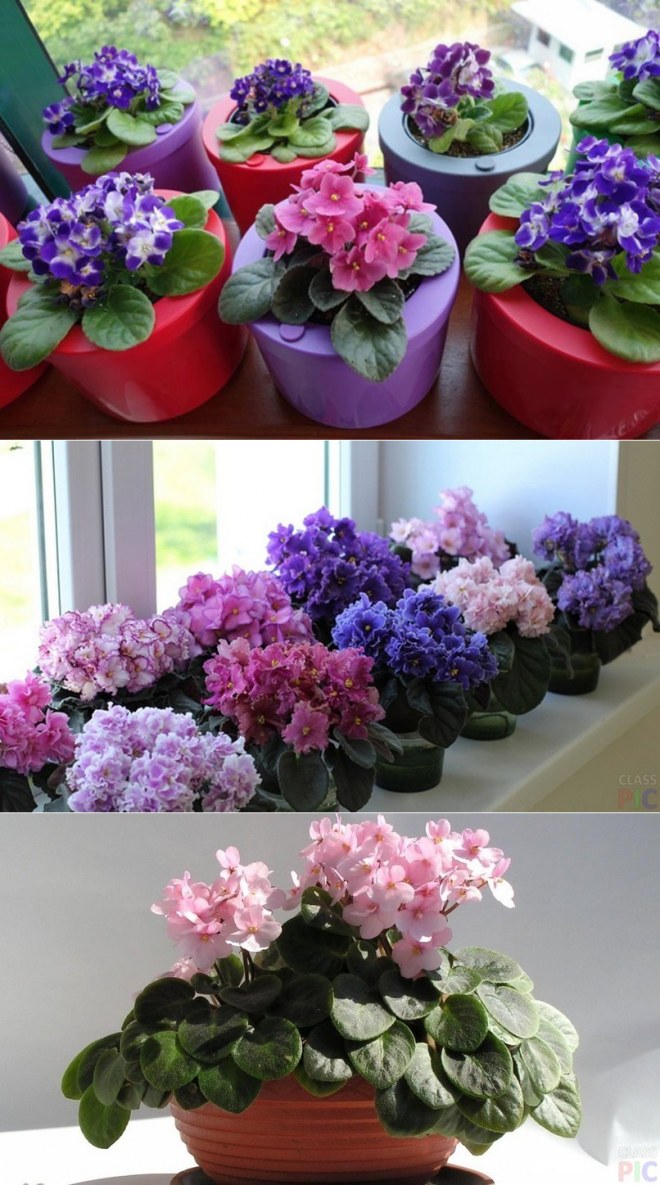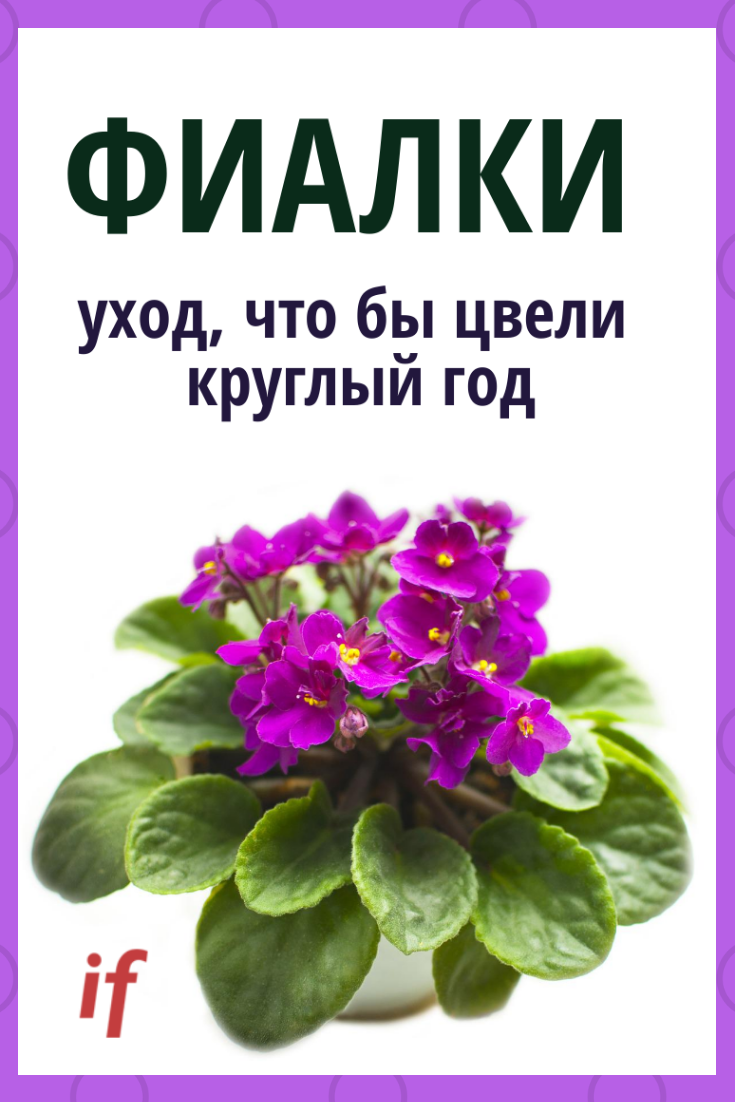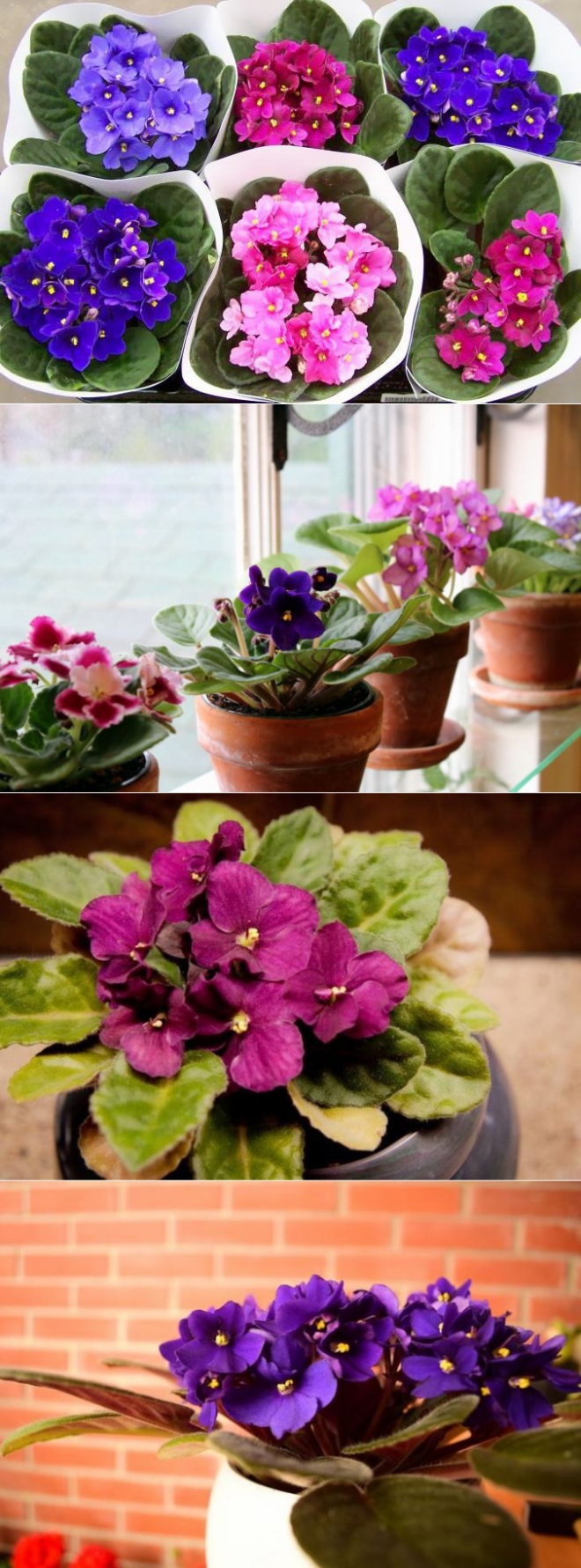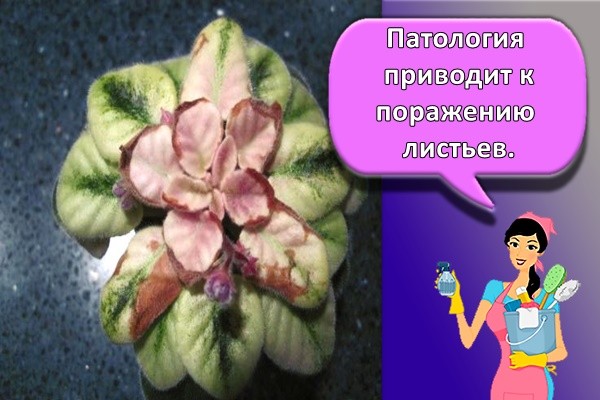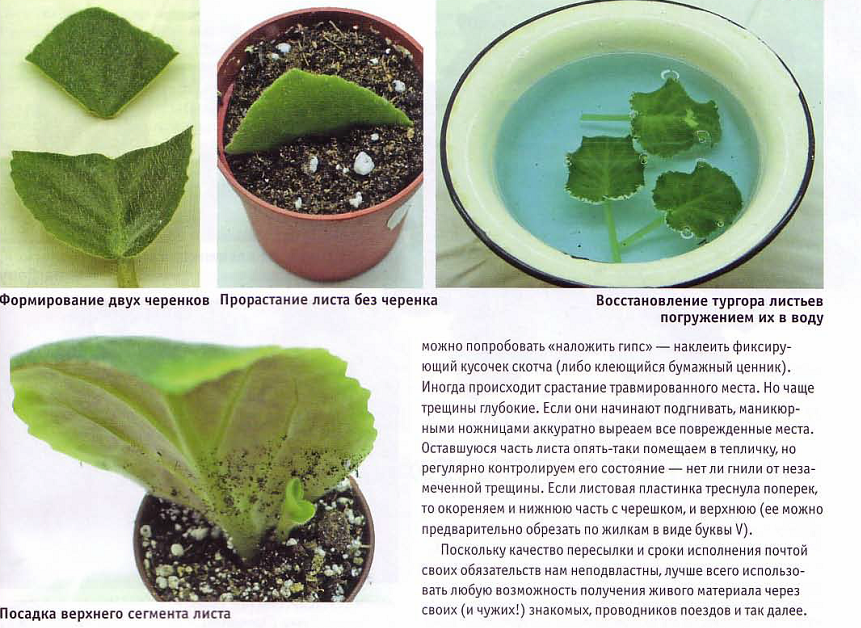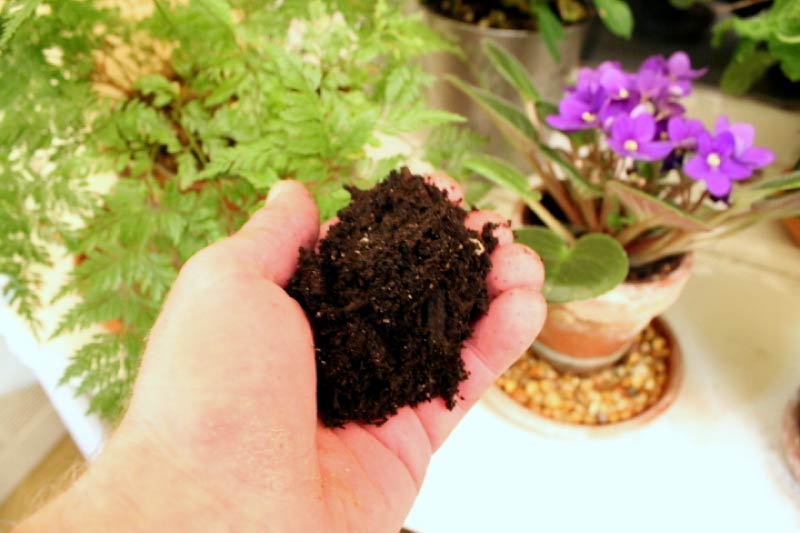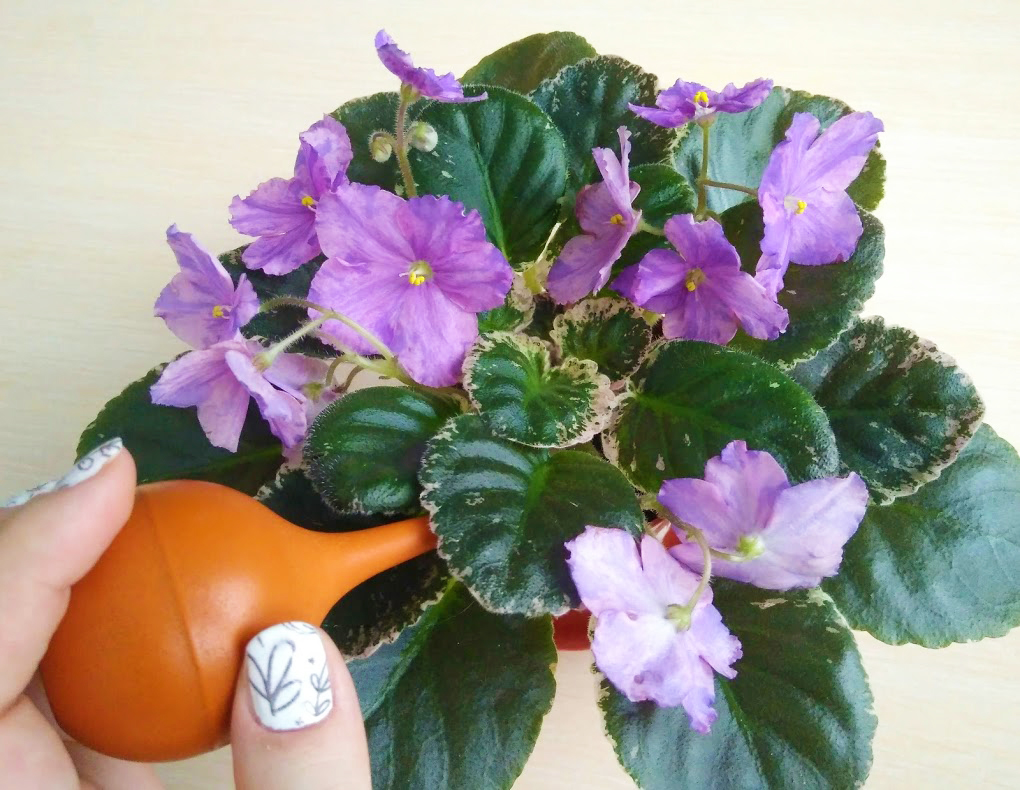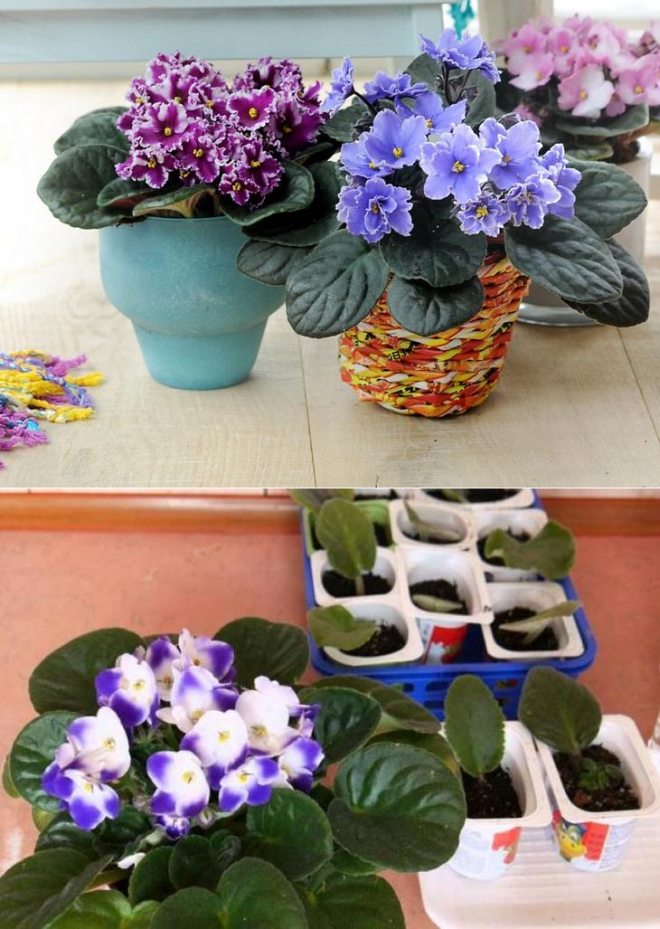What happens if peduncles are not removed before transplanting?
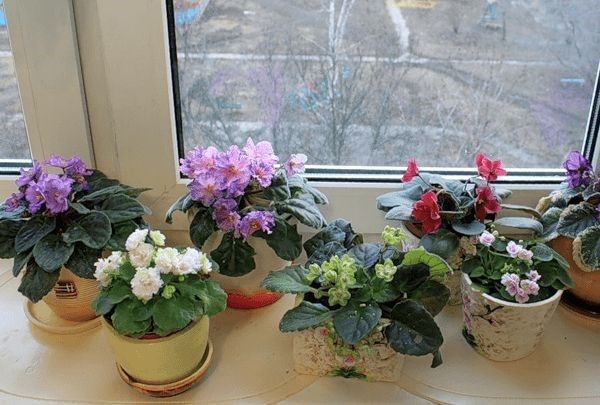
The transplant isn't just stressful. But also the expenditure of the vitality of the plant for the development of roots, the growth of leaves and the laying of buds. The abandoned buds require the expenditure of strength and energy on them. There are several options for the development of situations:
- The buds will open and bloom. New ones are unlikely to appear. The plant will not be able to gain the required growth. Consequently:
- The next bloom is quite problematic. A weak plant is unlikely to be able to provide it;
- A weakened plant is more easily attacked by pests. And not as resistant to disease.
A plant without worrying about buds will be able to grow roots and leaves faster. And give out new buds. In practice, with good care, 3-4 months are enough.
These are just two different judgments. You will find examples of successful flowering both with the removal of peduncles and with their preservation.
Diseases
How to recognize and eliminate various diseases of home violets?
So, your once ideal home violet in a pot is depressed: there is a white or brown bloom on the leaves, a dry border, the flowers are bent or they have been gone for a long time. Don't panic: let's look at the most basic problems.

Rotten roots
In this case, the reason was abundant watering or overly acidic soil. Watering violets at home is easy to improve thanks to the pallet: pour water there, and not from above.
Drying due to draft, direct sunlight, very dry air
Move the violet to the east window, remove from the midday sun, spray if dry with warm water.
Powdery mildew
This is a fungal infection that is easily recognized by the white bloom and spots on the leaves of the violet. The flower can become infected through the soil, a neighbor plant, or garden tools. Excess nitrogen in the soil makes the fungus multiply faster. We remove the affected leaves, go for antifungal solutions for plants (for example, Fundazol), spray according to the instructions, remove the violet in the shade without drafts until it dries, so that the composition does not burn the leaves.
Rust on the leaves
Rusty streaks also cause fungus. It is also necessary to remove diseased leaves, treat the flower with a fungicide (Topaz, Fitosporin-M or others on the recommendation of the seller) and isolate the flower for the duration of treatment.
Bacteriosis
In this case, the leaves quickly soften, wither, and acquire a dark color. Florists are advised to prevent the disease with good care, since treatment often does not keep pace with the progressive disease. For violets, home care is about controlling soil, light, watering, and drafts.
Pests
Unwanted guests can make the flower wither. These are aphids, and mites of various types, and worms that infect the roots. Examine the flower, compare external changes with those characteristic of the traces of these pests. The easiest way to expel them is with appropriate chemicals.
Types and varieties of violets for growing at home
Violet Saintpaulia is the progenitor of all indoor species. The native land of the plant is the mountainous regions of East Africa. The herbaceous evergreen perennial has interesting flower shades.
Breeders have bred more than 4500 varieties with different parameters and a spectacular appearance. Many interesting varieties are grown at home.
A special kind is ampelous violets. Photos delight with the original look and flowering of plants with several shoots.
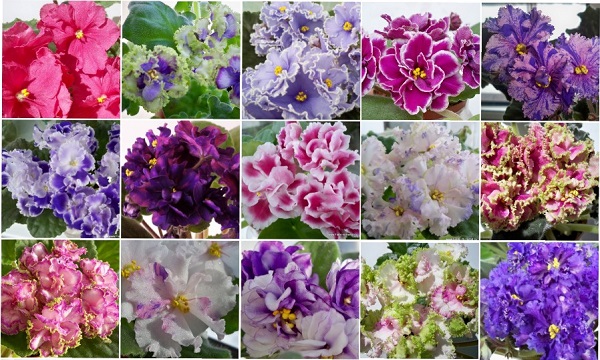
The classification is carried out according to several parameters:
- the size and shape of the flowers;
- sheet type;
- petal color;
- view of the edge of the sheet plate;
- type of buds;
- socket size.

Popular types of flowers:
- classic;
- star-shaped;
- bell;
- look like a wasp.
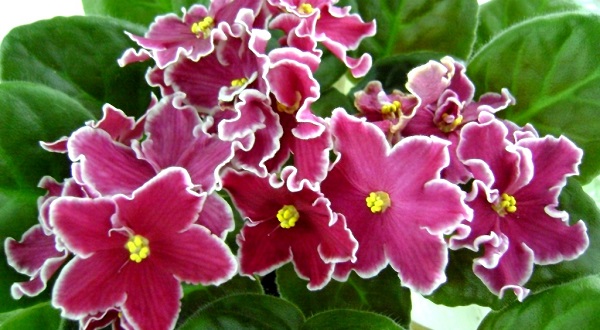
Violets are:
- plain;
- multicolor;
- two-tone;
- variegated;
- finger;
- with spots;
- fantasy;
- moire;
- with strokes;
- with a border;
- blurry and contrasting shades.
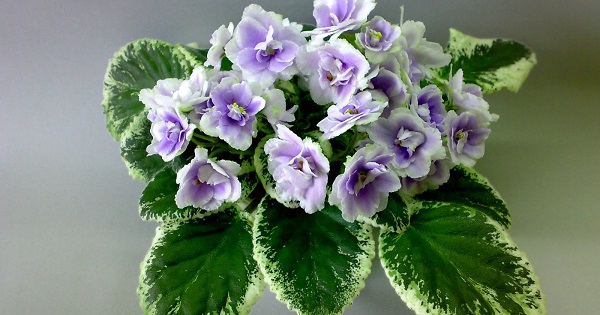
Houses grow varieties of rosettes of different sizes:
- giants - reach a diameter of 60 cm;
- medium size (standard) - from 20 to 40 cm;
- miniature species - about 15 cm;
- microminiature - the rosette reaches 5–6 cm, no more.

Popular varieties:
- Lovely Creole.
- Dark night.
- Cinderella's dream.
- Viscount.
- Esmeralda.
- Blue dragon.
- Bullfight.
- Black Prince.
- Blue fog.
- Spring is smiling.
- Boo man.
- Thicket.
- Magenta.
- Heavenly Queen.
- Ming dynasty.
- Sea wolf.
- Zemfira.
- Chanson.
- Dance of the Galaxies.
- Yesenia.
- Aquamarine.
- Oksana and others.
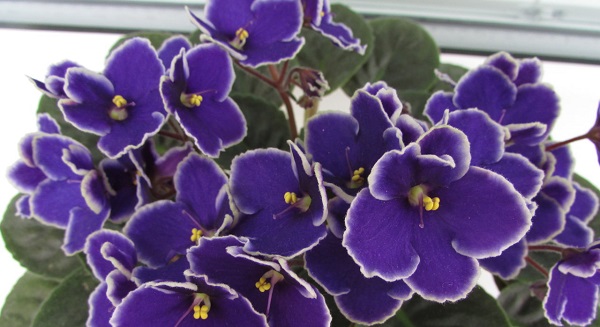
Reproduction of violets
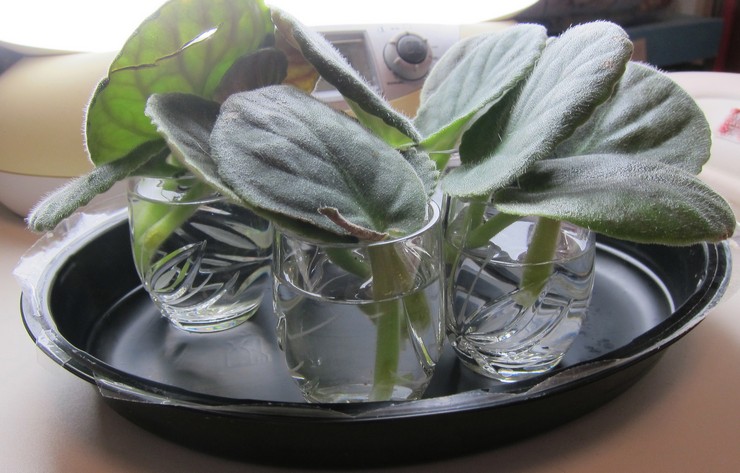
Cutting is the easiest and fastest way to propagate violets. The stalk can be planted immediately in the ground, without waiting for the roots to appear. In a small glass with damp earth or a mixture for Saintpaulias, a cutting with a fresh cut is buried at an angle of 45 degrees. Several leaves of the same type can be planted in one container. Then the seedlings are placed in a greenhouse.
To see how the rudiments of the root system are formed on the cutting, you can put it in water. The sheet should not float in water or touch the vessel wall. To avoid this, it can be fixed to the surface with paper.
Cuttings with roots are very carefully transplanted into the soil.
It is important not to damage the young and delicate roots. It is also impossible to deepen too much a stalk with a leaf, then new leaves will have to wait for a very long time
Acquisition
By the way, about how else to call these flowers when looking for and buying: this name of home violets is less familiar to us, however, our native home ones are called Saintpaulias or Usambara violets.
So, the first thing you need to know for a grower who plans to buy violets: these flowers are conventionally divided into industrial and varietal. Industrial violets (those that were grown in greenhouses on an industrial scale and do not have varietal variety) can be bought in a regular store like Leroy Merlin, OBI, etc., and varietal violets - from private breeders, at specialized exhibitions or just from familiar florists. Which is better?
Experienced violet growers do not recommend buying flowers in ordinary stores, since they often do not take root after flowering and die. If you are a beginner, it is safer to buy both "industrial" and varietal violets from private individuals.
Here are some tips for buying varietal violets:
Having bought a violet, be sure to save the name of the variety, otherwise it will be difficult to restore it - there are too many similar hybrids. By the way, more than 25 thousand varieties of Saintpaulias are registered in the world. All of them are derived hybrids of "wild" violets and have a common name - Saintpaulia hybrida. As a rule, each flower is signed in the following format: the name of the breeder-creator of the variety - the name of the variety.

- If you want to save a lot, buy leaves instead of adult flowers. After all, it is very easy to grow a violet from a leaf and the result is almost always successful.
- You can find and buy flowers of your dreams through Instagram. Type in the search hashtag #varietal violets and you will see many photos of violets with the names of varieties and contacts of breeders sending plants and propagation sheets throughout the country.
However, with proper care and a bit of luck, even discounted and sick industrial violets (see photo below), or as they are lovingly called violets, "blotches", have great chances of life.
How to choose a violet in the store?
The abundant bloom of homemade violets in the store can distract you from the leaves, but just the same their condition can help to assess the health of the flower. Spots and dried edges are a bad sign, fleshy green leaves are a good sign. A violet with dense buds and the first open flowers will suit us: it is in their color and shape that you must fall in love without words, otherwise why did we start all this!
Pest Control Prevention
Even a novice florist can easily notice the presence of disease or parasites on a violet. If the flower does not bloom for a longer period of its life, then this is a sign of an illness or disturbance in care. The main thing is to immediately identify the cause and start treatment.
After an illness, flower recovery is very slow, so you should not hope for a quick result. You need to do everything right, and then after a certain time the flower will be able to please again with a beautiful appearance. During recovery, it is required to carefully monitor air humidity and watering.

Perennial garden violets
Everyone has seen an amazing flower called violet at least once in his life. It is he who is considered by many to be a symbol of peace, constancy and eternal love. He is able to decorate any home. In addition, the violet is often used for medicinal purposes. With its help, they get rid of problems with the skin, kidneys and lungs. It is not difficult to grow it, you just need to adhere to the simple rules described above.
vote
Article Rating
Signs of the need for a transplant and methods
There are several reasons when replacing land becomes necessary for a home plant. It is impossible to replace with top dressing the composition of the soil, which is specially selected so that in a wet state it can feed the plant. Over time, the soil is depleted, compacted and the plant begins to starve.
It is necessary to transplant indoor violets:
- after quarantine of a newly acquired plant;
- if a white coating appears on the upper layer of the substrate;
- when, when examining a plant taken out of the pots, it is clear that the root system is too dense:
- the plant has a depressed appearance, dying foliage and feeding do not help;
- a young growth of violet rosettes has emerged from the rooted leaf, which needs to be planted.
In these cases, the plant can be transplanted in various ways. The simplest and easiest is transshipment. Without destroying the lump of the removed plant, it is carefully rearranged into another, slightly larger container and poured with fresh earth. So a young flower is transplanted, which is growing rapidly, and the substrate has not yet had time to be depleted.
On this topic:
BACK
FORWARD
1 of 122
More often, violets are transplanted at home with a complete replacement of the earth, and we will analyze this method in detail. To transplant a plant you will need:
- prepare the container;
- purchase or make up nutrient soil;
- prepare a plant for transplantation;
- make a transplant;
- take care of the plant before engraftment.
A favorable time for transplanting Saintpaulia is spring, when the plant has the greatest vitality. If necessary, you can replant the plant in the fall. In the summer, the survival rate is affected by the increased temperature, and in the winter by the lack of sunshine. Flowering plants can be transplanted if they are flooded and root death is inevitable. A flowering plant needs to be removed from peduncles, fresh wounds should be dried, and only then rooted.
Reproduction
Violets can be propagated in different ways - by seeds, leaf rooting, stepsons or peduncles. The simplest method is to root the leaf. This allows all the characteristics of the mother plant to be preserved.
Rooting in the aquatic environment
Usually violets are bred by rooting the leaf in water. This allows you to control the process of emergence of roots. The disadvantage of this method is considered to be a long rooting period, since the cutting must undergo double adaptation to water and soil.
For the procedure, the cut sheet should be placed in a clean dark container filled with 1.5-2 centimeters of settled water. The bottom of the cutting should not touch the bottom or walls. Keep the plant in liquid until the roots are 1 to 2 centimeters tall. Then the sprouts are placed in the substrate.
Rooting in the ground
This is the fastest and most effective method.In this case, the cut stalk is immediately transferred to a prepared container by 1-1.5 centimeters. The planted leaf is placed under a greenhouse with holes. The temperature should be + 22-25 degrees
Irrigation with warm water is of no small importance.
How to seat children
It is recommended to separate the old leaf before moving to a permanent pot. In this case, only children are left. They are new leaves that appear after 5-6 weeks. 1 stalk can contain up to 10 babies. When the leaves reach 3-4 centimeters, they are separated and transferred to a permanent pot.

Violet transplant rules
For a couple of hours, the soil of the transplanted violet is moistened so that the earthy clod easily leaves the walls of the pot. But it should not be heavily flooded, stain the plant or creep in your hands.
The flower is removed from the pot, cleaned of old soil and carefully examined for the presence of: Rot; Parasites; Or dead roots. If any, everything is: Cut out to living tissue; And processed with crushed coal. If the root system has grown strongly, it can be cut off by 2/3; Saintpaulia will not do any harm. If the root system of the violet has completely died or is affected by rot, the roots are completely cut off along the trunk to the living tissue of the rosette.
Fresh articles for gardeners, gardeners and florists
Ammonium in the garden use for strawberries
Top dressing of tomato and pepper seedlings with folk remedies
Lunar sowing calendar for 2020 gardener and gardener table
Pruning raspberries in the spring how to do it right
IMPORTANT! The rosette is rooted in water and then planted in the usual way
Many novice flower growers do not know how to properly transplant a violet into another pot. There are 3 methods for transplanting Saintpaulia
Each of them has its own advantages and disadvantages, nuances that you need to pay attention to
- transplanting with a complete replacement of the earthen mixture;
- partial soil replacement;
- with the help of transshipment.
When acidifying, they completely change the earth. The violet has already used all the nutrients from the substrate, so it is transplanted into a light soil mixture. During transplantation, the root system is examined, rotten and dried roots are removed, and the sections are sprinkled with crushed activated carbon. A drainage layer is poured at the bottom of the container, the roots are spread, the earth is poured
The next morning, you can gently water under the root, add the substrate to the level of the leaves. More details in the video below:
Do not transplant a plant in bloom. Budding indicates comfort, nutrient supply. The transplant is carried out when the soil becomes acidic or pests attack. They try not to damage the root system during transshipment, but they cut off all the buds and flowers, treat them from pests.
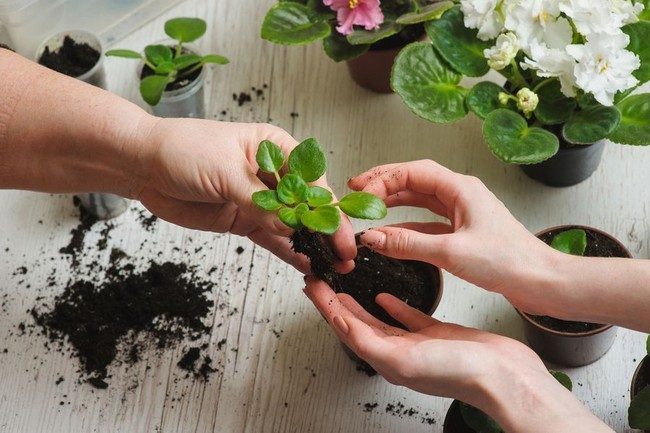
What conditions do violets need

One of the important conditions is light. There should be a lot of it, but at the same time there can be no sun rays nearby. This means that the room in which you are growing the violets should be well lit by sunlight, without directly hitting the flower. The sun's rays are detrimental to the leaves - they are instantly covered with burns and die off without the possibility of recovery. The light must be diffused and fall on all sides of the flower for at least 10 hours a day, otherwise it may stop developing and stop blooming
Worried about the wrong light setting? Pay attention to the leaves: if there is not enough light, then the leaves stretch and acquire the appropriate shape, and if there is an excess, the processes are bent over the pot and hang on it
How to set up lighting in the winter
In winter, violets need artificial lighting for full development. As a rule, 36-40 watts are enough emitted by fluorescent lamps. This does not increase the number of hours. The ideal option would be to place violets on a special rack.You can buy it at a gardening store or build it yourself, observing the principle of multi-level and the possibility of lighting with light from lamps from all sides. This method will ensure year-round flowering. Remember also that violets with dark green leaves need a little more light than with leaves of a more delicate color.
Temperature regime
Saintpaulias cannot stand the cold and begin to die in the heat, so the optimum temperature for them is not lower than +20 degrees and not higher than +22. Only at this temperature regime will they bloom and smell throughout the season. If the temperature is lowered to 16-19 degrees for a long time, then the growth of the leafy part is activated, and a gradual transition of color to a greener one will occur.
Airing
Drafts are strictly prohibited, especially in winter. Cold air currents cause the spread of spots on the surface of the leaf, which actively multiply throughout the Saintpaulia. The problem is not only aesthetic, but also physical in nature, as it leads to the death of the flower.
Attention! Do not leave violets in the room where the split-system is installed, since frequent hypothermia leads to rotting of the root system, the development of a fungus that can spread to not yet infected bushes. Re-rooting of the plant will help to cope with this problem.
Air humidity

This factor is also important for violets, since the degree of flowering and growth depends on it. In the summer, it is better to put a container with water next to the pots to evaporate it, because the humidity should be at least 50%. Adult flowers do not need constant level maintenance, and germinated shoots cannot exist without evaporation. Therefore, it is best to grow them in damp ground, putting a film or a transparent bag on the pot. Humidity over 70% will lead to the proliferation of fungi and bacteria, be careful.
Further care
As you can imagine, business does not end with successful breeding: the Saintpaulia needs proper care. One of the paramount conditions for proper care of violets is a comfortable temperature and light conditions. On average, the temperature should be in the range of 17-22 degrees. It all depends on the variety of your plant. Significant sudden temperature fluctuations should be avoided.

Saintpaulias need abundant lighting. It is better to choose a shaded, sunny place that will provide a diffused hit of rays on the flower. If there is not enough natural room light, fluorescent lamps can be used.
You should also take care of sufficient moisture in the air: indoor violets are oppressed by excessively dry air, they stop blooming and get sick. Taking care of a plant means, first of all, watering it.
It is important not only to underfill, but also not to overfill. Before each watering or spraying, try the dryness of the soil - it will tell you if Saintpaulia needs moisture or not.
During the period of active growth and flowering, do not forget about feeding the flower. Use compound fertilizers or alternate organic and mineral fertilizers. Top dressing should be used no more than once a month. Freshly transplanted plants should not be fertilized at all! And of course, take care of the beauty of your pet. Prune leaves, stepsons, faded inflorescences regularly. This will rejuvenate your plant and give it a beautiful crown shape.
Breeding violets at home is not easy, but definitely worth it. A riot of bright colors will decorate even the most boring interior.
What kind of lighting should you choose?
For violets, both natural and artificial lighting are perfect, but it should be diffused, since direct sunlight is detrimental to the leaves of the plant. They burn and fall off. In order for the violet to feel comfortable and grow, the daylight hours for it should be from 10 to 14 hours.If you grow Saintpaulia with thick and dense leaves, then the daylight hours for it should be longer.
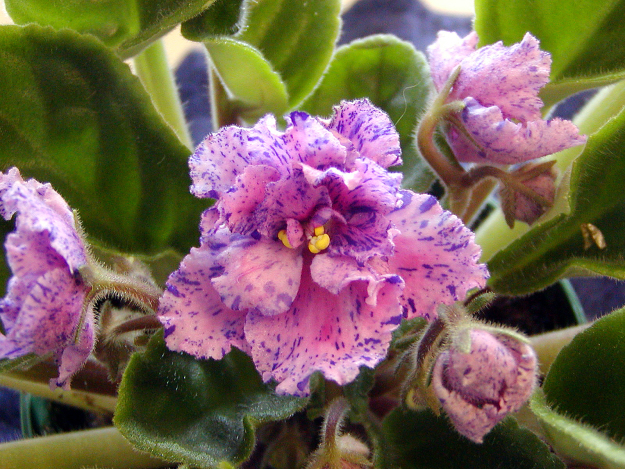
If a situation arises when it is necessary to extend the daylight hours, it is better to resort to the help of artificial light sources. For this, fluorescent lamps, LEDs, and so on are ideal. Just remember to rotate the plants to avoid twisting. In this case, the bushes will be compact, dense and pretty.
How to correctly place a violet on the window: signs
There are many superstitions about growing violets in an apartment, so if you believe in signs, it is better to read the information below before buying a flower:
- There is an opinion that violets are not suitable for growing single people, as these flowers destroy privacy (the likelihood of meeting a soul mate decreases). For married couples, on the contrary, the violet brings happiness in family life, harmony and strengthens feelings.
- You can often find information that it is impossible to keep a violet in the bedroom. Let's see why. The fact is that the violet produces oxygen only during the daytime, but at night it consumes it and produces carbon dioxide, therefore, often, waking up in the morning, a person feels weakness and headache.
- Despite some negative influence of violets, it strengthens the immune system well, therefore it is recommended to be placed in a children's room (but it is taken out to a room where people do not sleep at night). The violet also brings prosperity and well-being to the house. Its smell scares off ants and other insects.
Did you know? In Ancient Greece, the violet was considered the flower of death and sorrow, therefore it was used to decorate the deathbed and graves.
To get a positive effect from growing violets at home, you need to know which window is best to put the flower on. The plant is called an energy vampire, but if you put the pot on a well-lit windowsill, the plant will feed on solar energy, not human.

Thus, the violet is an unpretentious, beautifully flowering plant and is well suited for growing on a windowsill. In order for the flowering of the violet to be long-lasting and abundant, it is necessary to follow the basic recommendations for caring for it and for placing it in an apartment.
Popular varieties of violets

- Flamenco. The flowers are semi-double, lilac-pink with a greenish fringe and a bright, yellow core. The green ryushka is a distinctive feature of the species.
- Fiery moths. The flowers are red or burgundy, with simple petals that have a slight fringe. Less common with light edging.
- Mars. With large crimson buds, characterized by a wide frill. Edges can be decorated with a white border.
- Rococo Viol. These homemade violets are terry varieties. Their flowers are deep, blue in color. They resemble curly balls in shape, which go well with light green foliage.
- Rosemary. Plants with double star-shaped flowers. The main color is pink, with ink splashes and a light-colored border.
- Rococo Rose. They look like medium-sized roses, delicate pinkish color. They belong to terry varieties.
What to do with a violet after flowering
During flowering, faded flower stalks should be regularly removed from the plant so that they do not interfere with the blooming of new buds and do not spoil the appearance of the blooming violet. When the last flower has finished blooming, let the plant rest. Trim off damaged, diseased, or shriveled leaves. Take care of the restoration of vitality of a well-worked violet - cut off the lower rows of leaves at the outlet, transplant it into a new pot with a nutrient mixture. If you do not have this event scheduled, start feeding the flower again with fertilizers with a predominance of nitrogen components, so that the violet begins to grow new leaves instead of the ones you cut off.
Sowing seedlings for open ground
The choice of soil mixture
Experienced violet growers advise sowing seedlings in late February - early March. The most important thing when sowing is the correct choice of nutritious and moisture-permeable soil.
Due to the impossibility of preparing the soil on your own, the best options are to buy ready-made ones. Good recommendations and reviews about soils:
- "Terra Vita Floral Universal";
- Seliger-Agro;
- Agricola-Fertility.
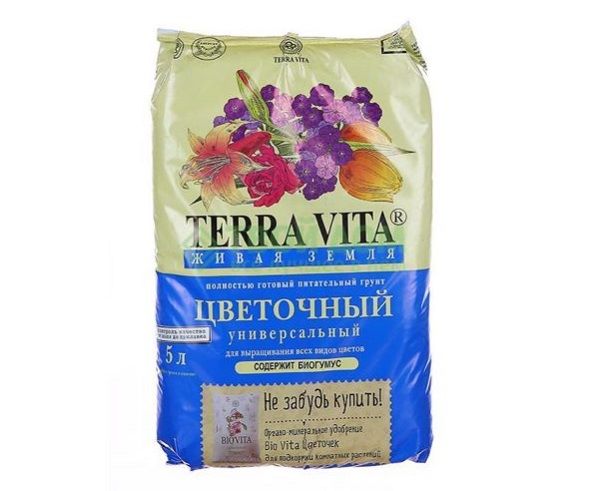
Terra Vita soil is well suited for sowing.
The nutrient mineral complex contained in these soils will provide the initial development and beginning of life for violets.
Transfer to a permanent place
Scheme of how to germinate a violet for seedlings:
- treat the seed with the Epin-Extra stimulator according to the instructions;
- the seeds, without deepening, are evenly spread over the surface of a well-moistened soil. From above, you can sprinkle it with earth or sawdust through a sieve;
- the surface of the soil is sprayed from the spray gun, and then the container with the sowing is closed with an opaque lid and installed in a room with a temperature of about 25 ° C;
- before the emergence of shoots, a ten-minute airing of the container is carried out 2 times a day;
- After about a couple of weeks, after the first shoots appear, the lid is removed, and the container is installed in a place that excludes direct sunlight;
- picking is done in the phase of two leaves in separate small containers;
- they begin to plant in the ground when the threat of reverse frost disappears and when the night temperatures do not fall below 12-15 ° C.
Planting seedlings in open ground depends on the growing region. On average, it is April-May.

